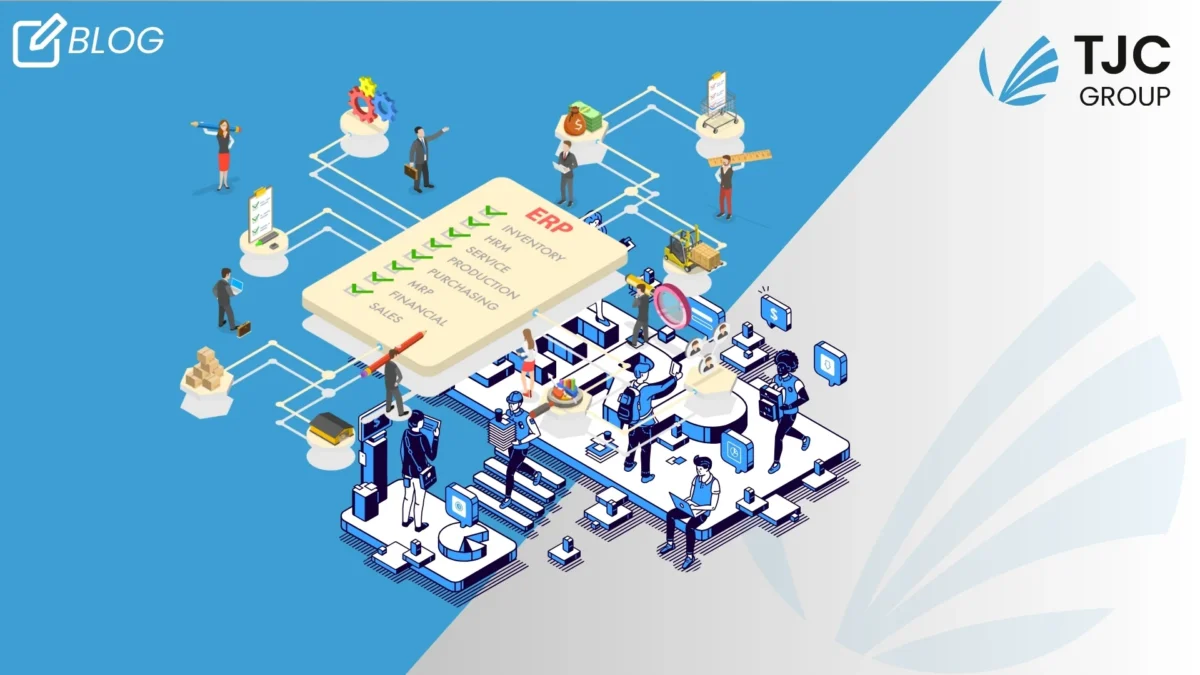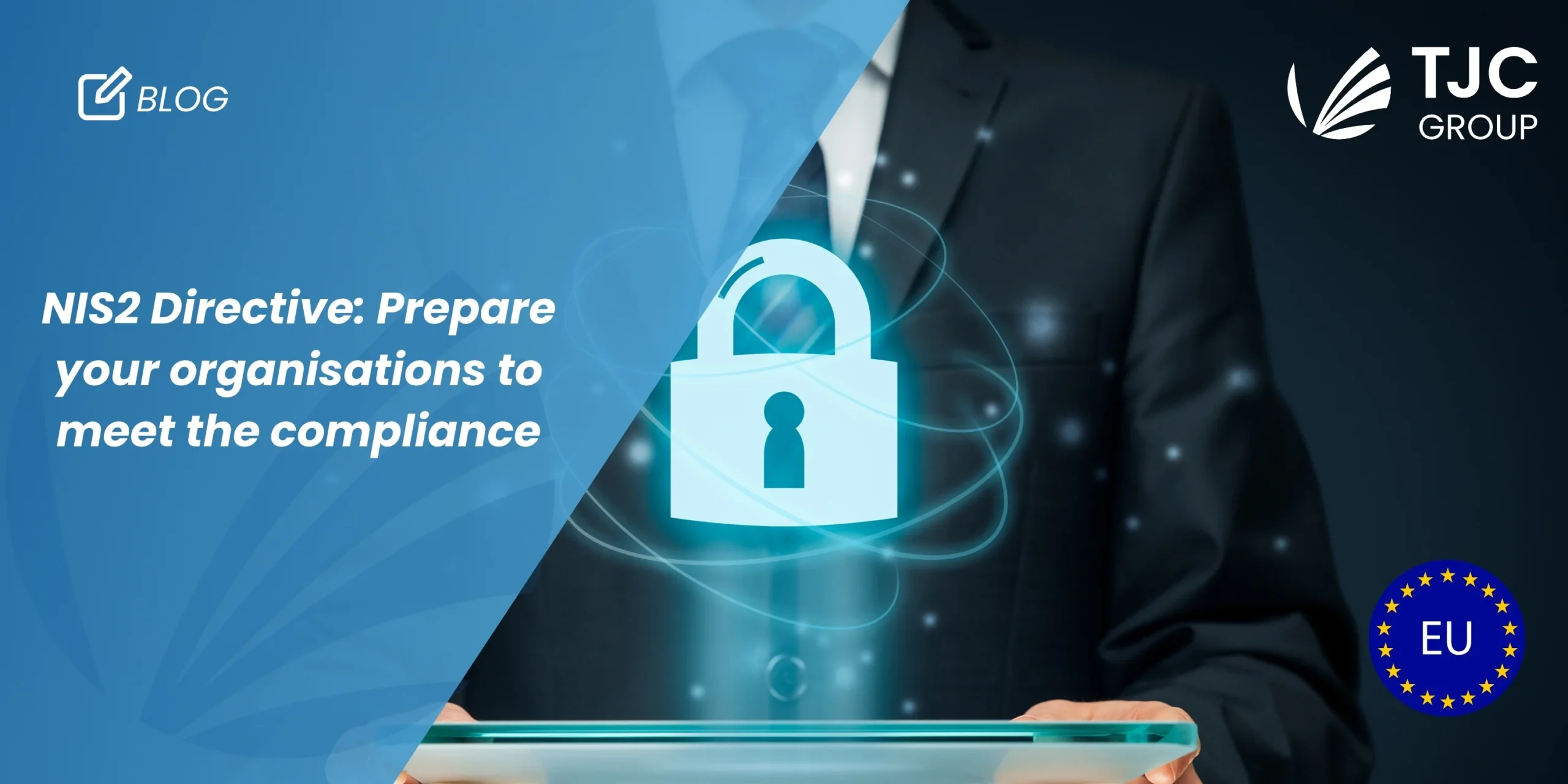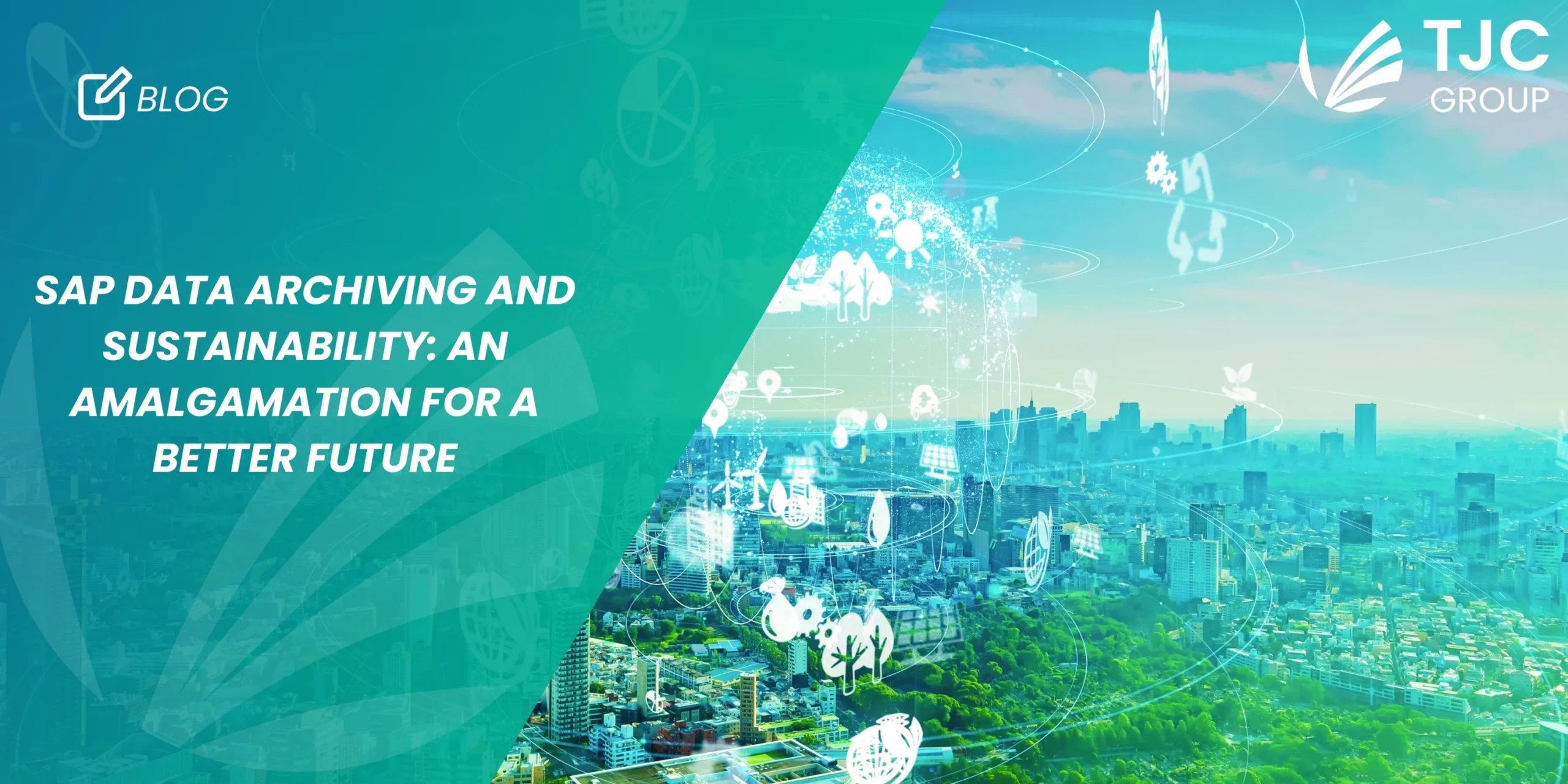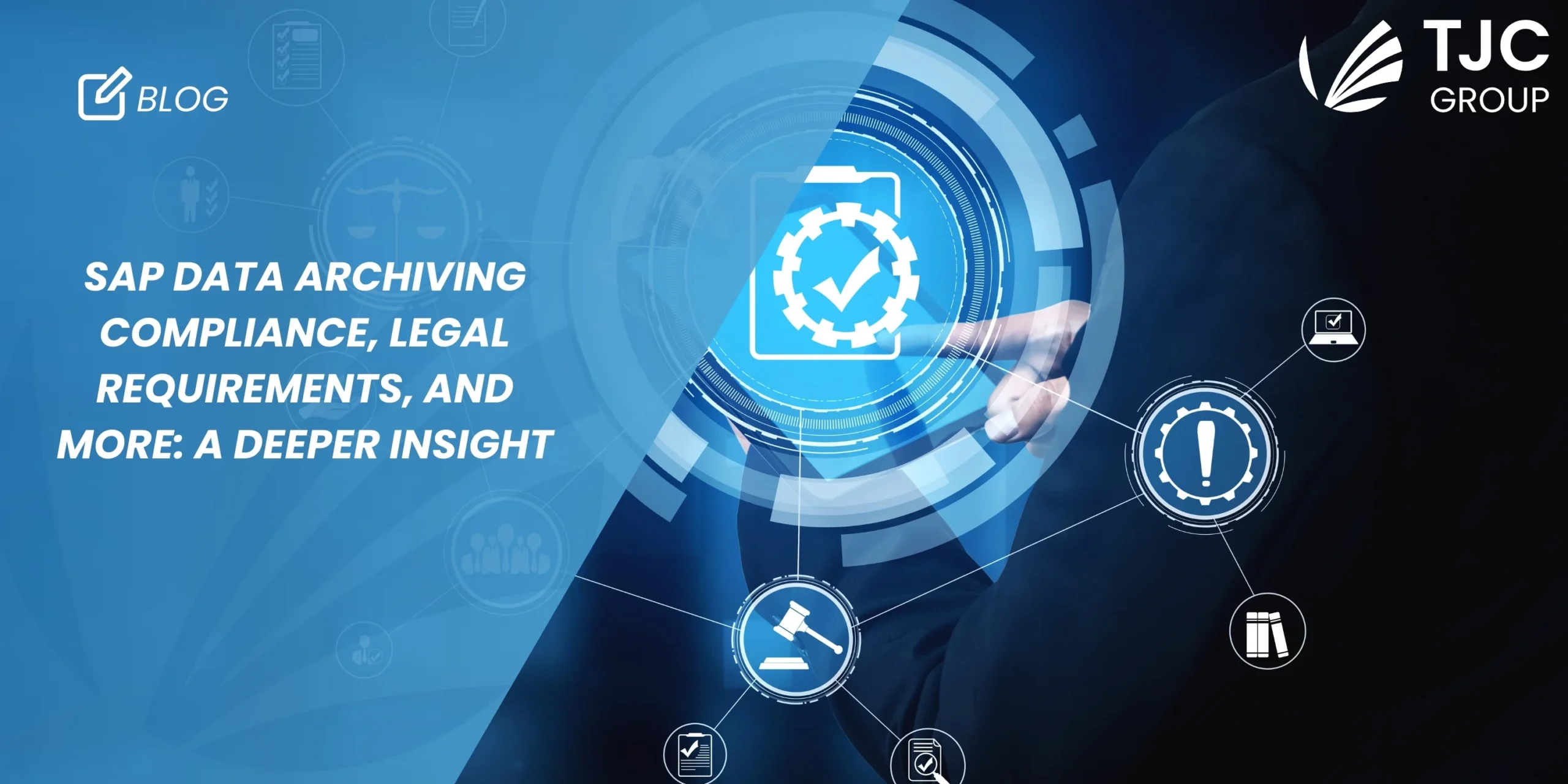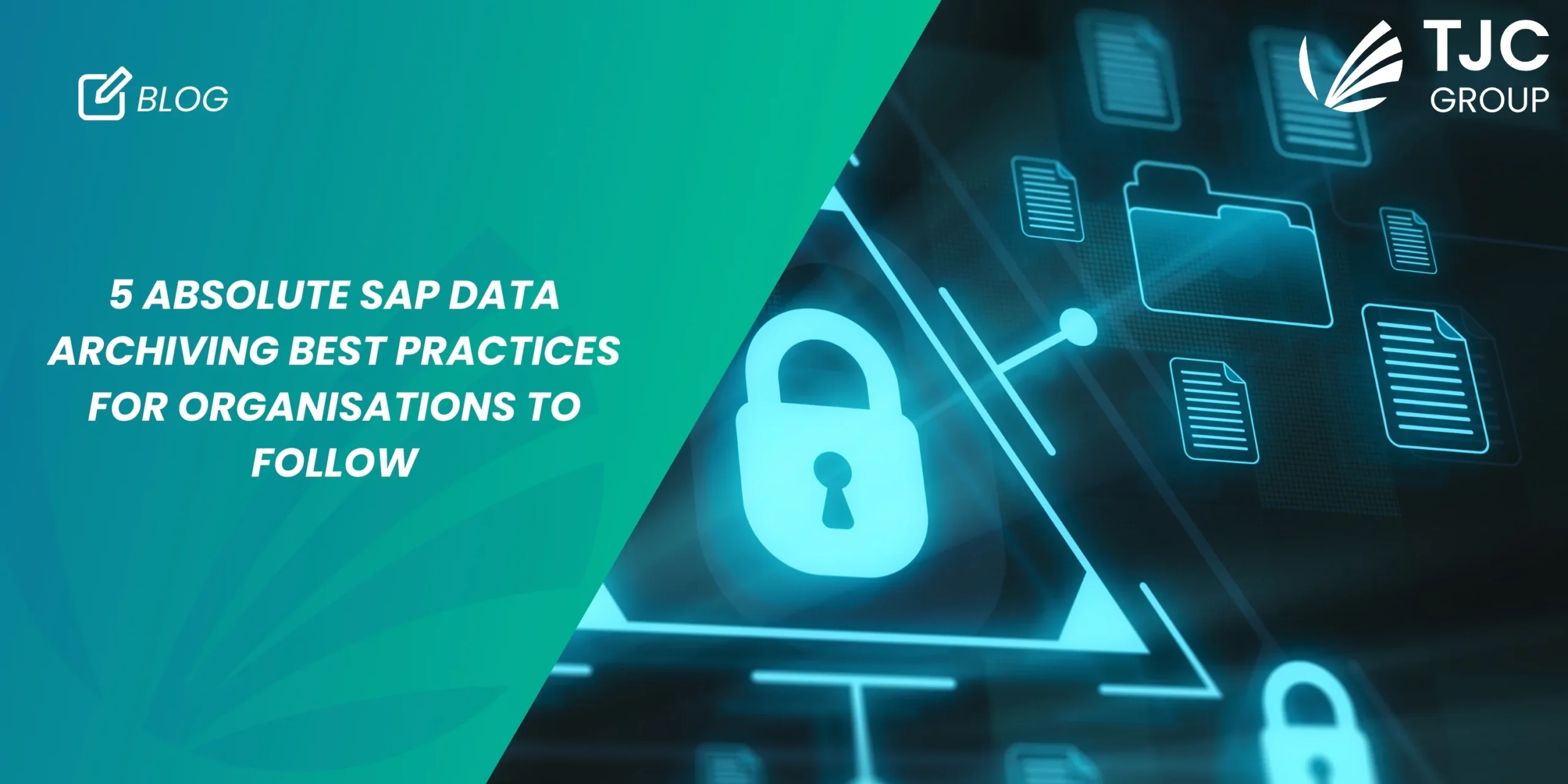In our previous blog on the evolution of ERP systems, we spoke at length about how SAP contributed ERP systems to the world – starting with SAP R/1 to its move to SAP ECC, and now the latest SAP S/4HANA. With the mandate for moving to S/4HANA from ECC by 2027, organisations are gearing up for the migration; however, have you ever given thought to the key differences between the two, and why S/4HANA has the upper hand over ECC? In this blog, we will see in detail what makes ECC and S/4HANA stand apart from each other. Let’s start, shall we?
Table of contents
Introduction
SAP is one of the largest and leading ERP solutions providers in the world. The company launched its first ERP solution – SAP R/2 in 1979, which was designed for mainframe computers. In 1992, SAP then launched SAP R/3 which became the flagship product of the organisation. Over the years, the organisation shifted its focus from just developing application software to creating ERP systems to enable businesses to automate and integrate their core processes. With that, the ERP systems too have undergone tremendous changes – it started with on-premises solutions, then moved to cloud solutions, and now hybrid models.
The creation of SAP ECC and S/4HANA
As the world kept advancing in technology, automation, and more, SAP also moved towards developing a more enhanced version of the ERP systems, presenting the world with the SAP ERP Central Component or the SAP ECC. This ERP system empowered businesses by offering more improved features and functionalities across various modules that further enabled supporting the business processes much more efficiently.
The advent of S/4HANA started when SAP launched SAP HANA in 2011, enabling the pathway for the integration of the next-gen ERP system – SAP S/4HANA in 2015. The S/4HANA suite is built on SAP HANA, offering a much simpler and proficient data model that not only yields faster results but also improves the entire user experience. In 2016, SAP went on to introduce the SAP S/4HANA Cloud as Software-as-a-Service or the SaaS variant of the ERP suite, running on the SAP HANA in-memory database.
What do you need to know about SAP ECC 6.0?
Overview of SAP ECC
The SAP ERP Central Component or simply SAP ECC is a robust enterprise resource planning (ERP) system that organisations can deploy on-premises, according to their business demands. SAP ECC is built on the SAP NetWeaver, which is an integration and application platform that forms a strong base for all the SAP software solutions.
Interestingly, SAP NetWeaver comes with a plethora of technologies and tools, allowing SAP software to run on various hardware and other software platforms. As a matter of fact, NetWeaver is more user-friendly and seamless to use and integrate.
History of ECC’s evolution
The ECC system by SAP has been a game-changer for businesses across the globe, truly revolutionising the way of business operations. Moreover, it has become an essential tool for several organisations. But how did this system come into existence?
Well, SAP ECC’s first version was launched somewhere in the early 1990s, based on a client-server architecture. At the core, this ERP system was designed to help organisations streamline their business operations, further leading to improving efficiency. As a matter of fact, the SAP ECC was touted to be one of the most advanced ERP systems at that time. The system was a classy upgrade with significant enhancements over its predecessor – the SAP R/2 system, which was based on the mainframe.
As the world progressed towards more technological advances, ECC, too, evolved and improved to meet the ever-changing business needs and demands. Over the years, it became more flexible, more robust and powerful, and most importantly, enhanced to be even more user-friendly. Today, the SAP ECC has marked its territory and usage in businesses of all sizes, and across all industries.
Features and functionalities of SAP ECC
The SAP ECC systems give organisations a unified, real-time vision of their business data, providing in-depth insights that help businesses make more informed decisions. Having said that, this ERP system also comes with built-in analytics and reporting tools, which further help in driving continuous improvements and better results in businesses.
The ERP solution offers businesses a deep pool of features and functionalities, enabling them to manage their financials, human resources, logistics, supply chain management, customer relationship management, and so on. The SAP ECC is well-suited for mid-sized to large organisations across various industries.
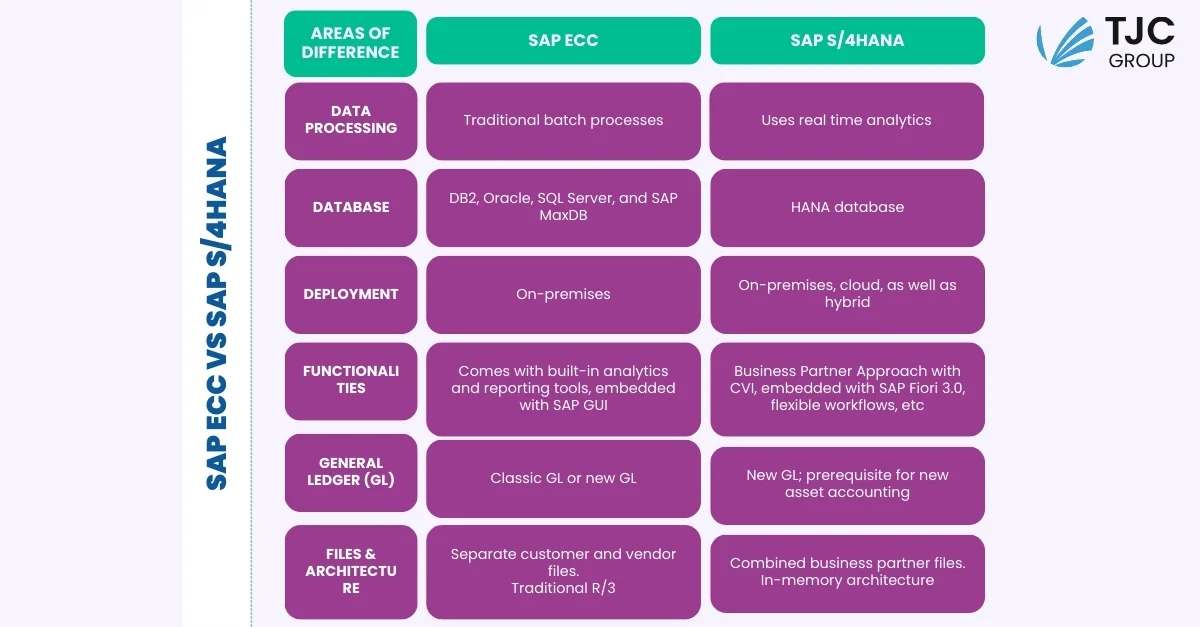
What do you need to know about SAP S/4HANA?
Overview of SAP S/4HANA
First released in 2015 the SAP S/4HANA system is the most recent version of SAP’s enterprise resource planning suite. It is considered one of the most significant changes to the core offerings by SAP ever since the inception of the R/3 system in 1992. An interesting fact – S/4HANA was originally released as a next-generation financial solution in 2014 under the name SAP Simple Finance. However, nine months later, SAP announced the expansion of its core to become a full-scale ERP system.
In 2016, SAP introduced the logistics functionality to S/4HANA in four key areas –
- Sourcing and procurement
- Manufacturing
- Supply chain
- Asset management
The enhancements in SAP S/4HANA
SAP ERP enhancements, such as extended warehouse management (EWM) and production planning/detailed scheduling (PP-DS) functionalities, were embedded directly into the SAP S/4HANA system.
SAP S/4HANA has seen the most upgrades in 2018 – SAP added predictive accounting functionality to it, and the subsequent releases saw the implantation of additional intelligent technology upgrades in the areas across artificial intelligence, blockchain, and the Internet of Things. Cut to 2021, SAP released multiple industry-specific offerings of S/4HANA across the energy and natural resources, financial services, service and consumer industries, discrete industries, and public services.
Features and functionalities
The SAP S/4HANA, with its continuous upgrades, has been embedded with new features and functionalities like the Business Partner Approach, which is a new concept, and also comes with a Customer Supplier Integration (CVI). Apart from this, S/4HANA also comes integrated with SAP Fiori 3.0, which is the new target design system by SAP across all its products to support the Intelligent Suite running on any device.
Coming to the UI design, the ERP system comes with UI5 as an enabler for SAP Fiori 3.0, making it highly intuitive, responsive, and simple. Thereby, it enables users to access necessary details easily, regardless of the device or deployment. Hence, the overall user experience of the S/4HANA ERP system also becomes seamless. Apart from this, it is expected that in the future, natural language interaction and machine intelligence will become a key part of the Fiori experience.
Another new concept that has been introduced in SAP S/4HANA is the flexible workflow, which intends to simplify workflow configurations. The flexible workflow is based on a set of predefined workflow scenarios and tasks, providing users with the functionality to define a condition-based workflow for different processes, particularly in sourcing and procurement. In this, users can define a single or a multi-step approval process – the relevant works are available in the My Inbox Fiori App for the approvers.
You can learn more about S/4HANA in detail in our blog – https://www.tjc-group.com/blogs/all-you-need-to-know-about-sap-s-4hana-benefits-updates-and-data-management/
SAP S/4HANA vs SAP ECC – the key differences
Now that you have an idea of SAP ECC and S/4HANA, their features and functionalities, and more, let’s address the question that everyone keeps wondering – how does S/4HANA differentiate itself from SAP ECC?
The database of the ERP systems
The foremost difference between S/4HANA and ECC is their database. The former runs only on the HANA memory database while ECC can run on several databases like DB2, Oracle, SQL Server, and SAP MaxDB.
The deployment options of the systems
While S/4HANA runs only on the HANA database, it definitely has the upper hand because of the several deployment options that the new system offers. S/4HANA can be deployed on-premises, on a hosted cloud or on a public cloud, as well as in a hybrid environment that combines both on-premises and cloud. SAP ECC, on the other hand, can be deployed on-premises.
User experience of the systems
The fact of the matter is that SAP S/4HANA uses SAP Fiori as a default; however, SAP ECC is based on SAP GUI with a limited number of Fiori apps. As aforementioned, SAP Fiori has an extremely smooth and seamless functioning, making it possible to create business apps with a consumer-grade user experience. It uses a much better user interface, offers more flexibility, and supports faster development. Therefore, SAP S/4HANA, naturally, offers a more engaging and effective user experience than SAP ECC.
Architecture and data processing
The S/4HANA ERP system is designed to be more streamlined with a next-generation architecture that supports powerful, more robust, and effortless development and business operations. SAP ECC’s architecture is based on a modular but traditional approach.
Coming to the data processing of the systems, while SAP S/4HANA’s processing of data is in real-time analytics, SAP ECC follows the traditional batch processing method.
Why should you migrate to S/4HANA?
With SAP discontinuing ECC, migrating to S/4HANA has become mandatory – latest by 2027. But why does this ERP have more command over the former, and moreover, why must businesses migrate to it?
Amongst all its advantages, SAP S/4HANA offers businesses of all sizes flexibility and scalability. With its streamlined architecture, the next-gen ERP system enables businesses to integrate and enhance their data efficiently across multiple platforms. Not just this, S/4HANA also helps combine existing legacy systems and cloud-based software with more advanced technologies that can give significant customer insights and deeper analytics, leveraging predictive technology and AI-based capabilities.
Apart from these, SAP S/4HANA also helps businesses become more responsive and agile to the ever-changing customer needs. It simplifies project and portfolio management, helping businesses to monetise their investments in real time while delivering more value to their customers. Moreover, this next-gen ERP embraces new technologies like machine learning, embedded analytics, robotic process automation, Artificial Intelligence and the SAP CoPilot digital assistant.
Preparing your data for S/4HANA migration
The UK and Ireland SAP User Group’s (UKISUG) survey conducted in 2022 stated that 61% of organisations that were a part of the survey experienced or are anticipating data management challenges. These challenges have the potential to hinder the automation of the business processes when transitioning from SAP ECC to SAP S/4HANA, with an overall lack of readiness in data management being the primary obstacle.
Data will continue to grow and one of the best practices to tackle this growth while preparing your data for the migration is SAP data archiving. It is an effective and powerful strategy to manage data growth, improve compliance, control costs, and increase data security. In short, sizing your HANA database is a crucial factor in implementing S/4HANA. Data archiving not only helps control this data growth but also optimises the entire SAP landscape cost.
Find out more about it in this article – https://www.tjc-group.com/blogs/hana-database-how-to-keep-data-growth-under-control-sap-data-management/
Key takeaways
- SAP ECC was considered one of the most advanced ERP systems of its time. However, with the changing needs of the business world, SAP S/4HANA is a more robust and efficient system present today.
- S/4HANA, though running only on the HANA database, has several deployment options like on-premises, public cloud, hosted cloud, as well as hybrid.
- SAP ECC comes with SAP GUI while S/4HANA comes with embedded with SAP Fiori 3.0, which makes the user experience even more engaging and seamless.
- SAP S/4HANA processes data using real-time analytics while SAP ECC follows the traditional batch processing method.
- While businesses must migrate to S/4HANA by 2027, it is compulsory to prepare data before the migration kicks in.
- Data preparation will ensure that the migration process remains smooth without any hindrance to the business processes.
Data preparation for S/4HANA migration can be a tedious process as there are several aspects like no loss of crucial data, no data breaches, and so on, that organisations have to take care of. For this, you need partners who can help prepare the data seamlessly for you. TJC Group comes into the picture here as one of the leading experts in data volume management with over 25+ years of experience. We help you prepare your data for SAP S/4HANA migration, offering solutions like data archiving, system decommissioning, and more. Moreover, we offer an automated archiving software – the Archiving Sessions Cockpit, which makes the overall process much simpler, faster, and efficient.
Connect with us today to get your data prepped up for S/4HANA migration!
Commonly asked questions
Do SAP ECC and SAP S/4HANA have any similarities between them?
Answer: Yes, as a matter of fact, both ERP systems enable business operations for human resources, manufacturing, sales and procurement, and finance, to name a few. Apart from these, the architecture of both systems is modular; however, their approaches are different. SAP ECC has a more traditional approach while S/4HANA has a streamlined and next-gen approach.
Is there any difference between customer vs vendor to Business Partner?
Answer: For this, SAP ECC has separate customer and vendor files, even in cases where organisations partner with one company for both functions. On the other hand, S/4HANA combines common data structure elements into a Business Partner record.
What are the requirements for the General Ledger (GL) structure?
Answer: SAP ECC can run on a classic GL structure as well as the new GL structure, whereas S/4HANA uses only the new GL structure. That said, the new General Ledger functionality is needed in S/4HANA, making it a prerequisite for new asset accounting.



